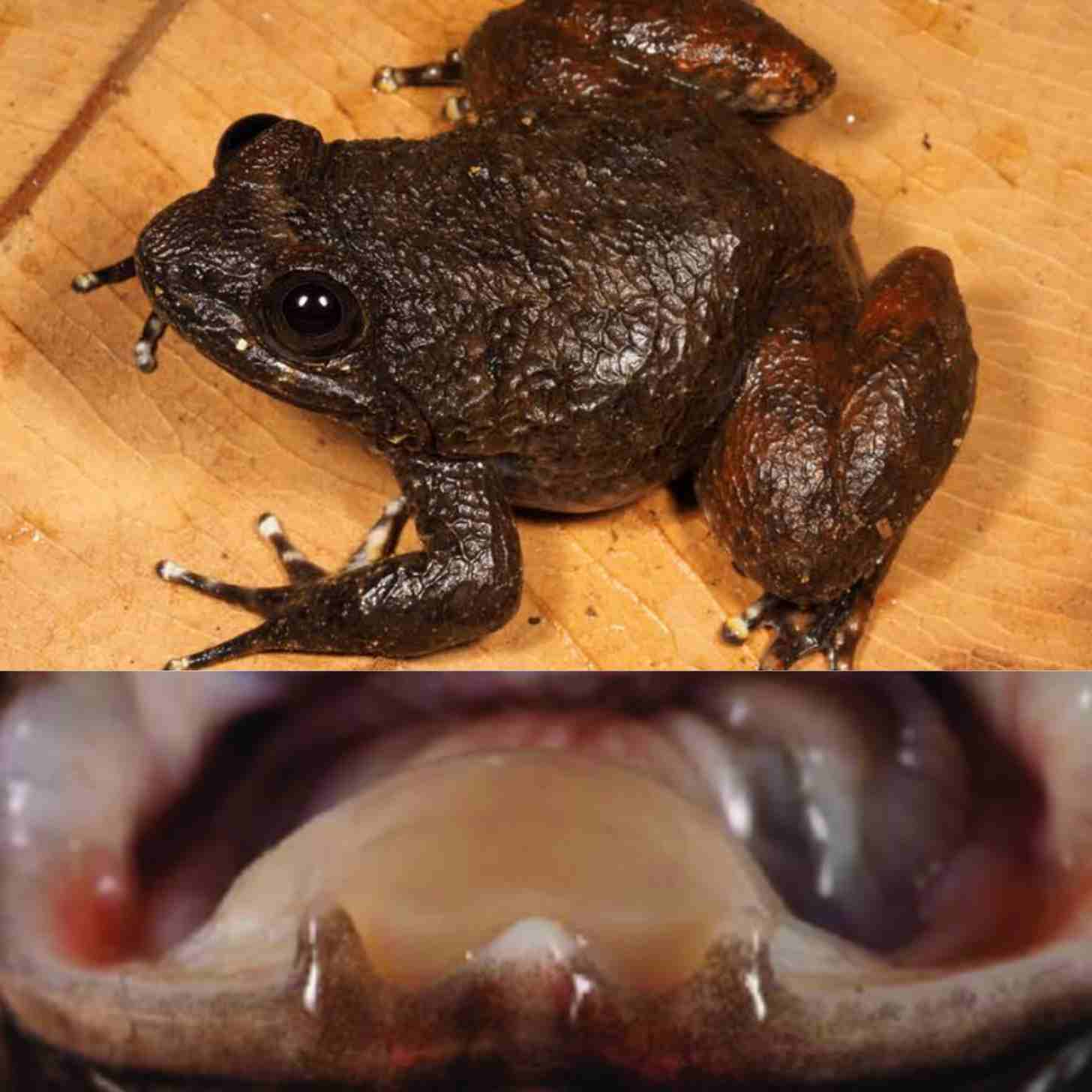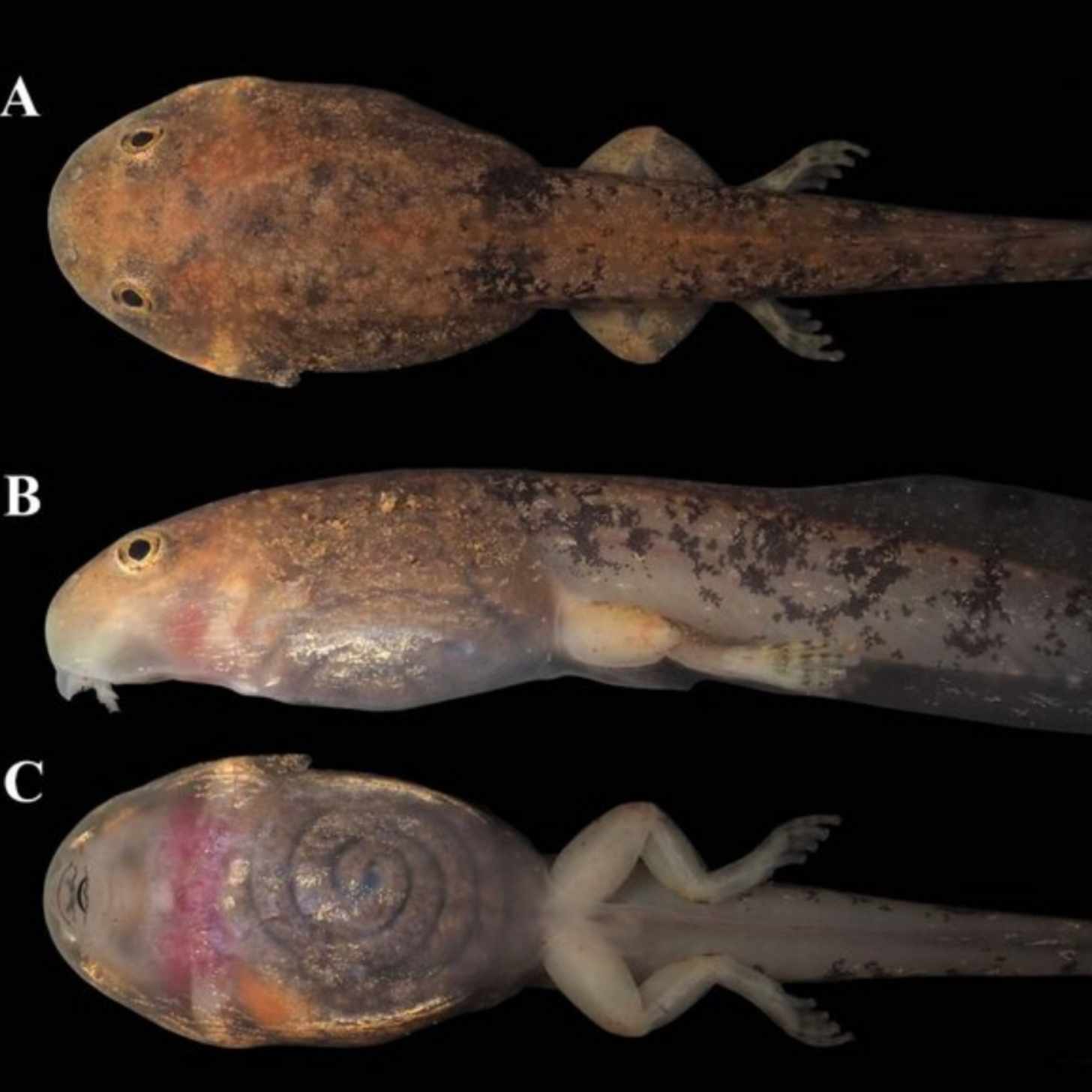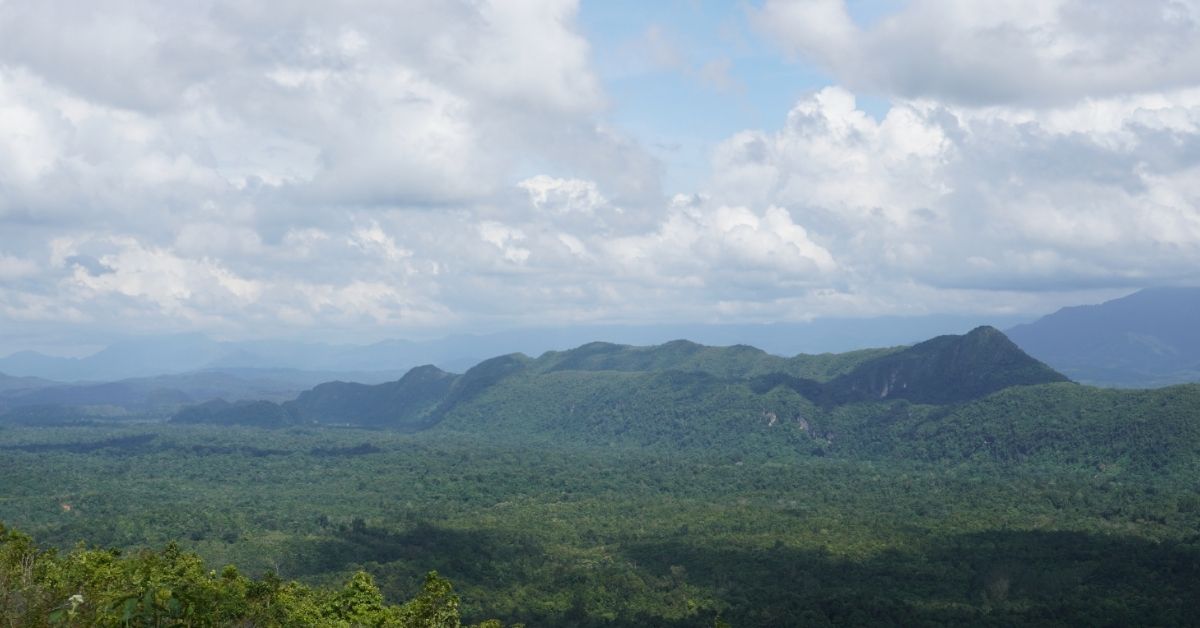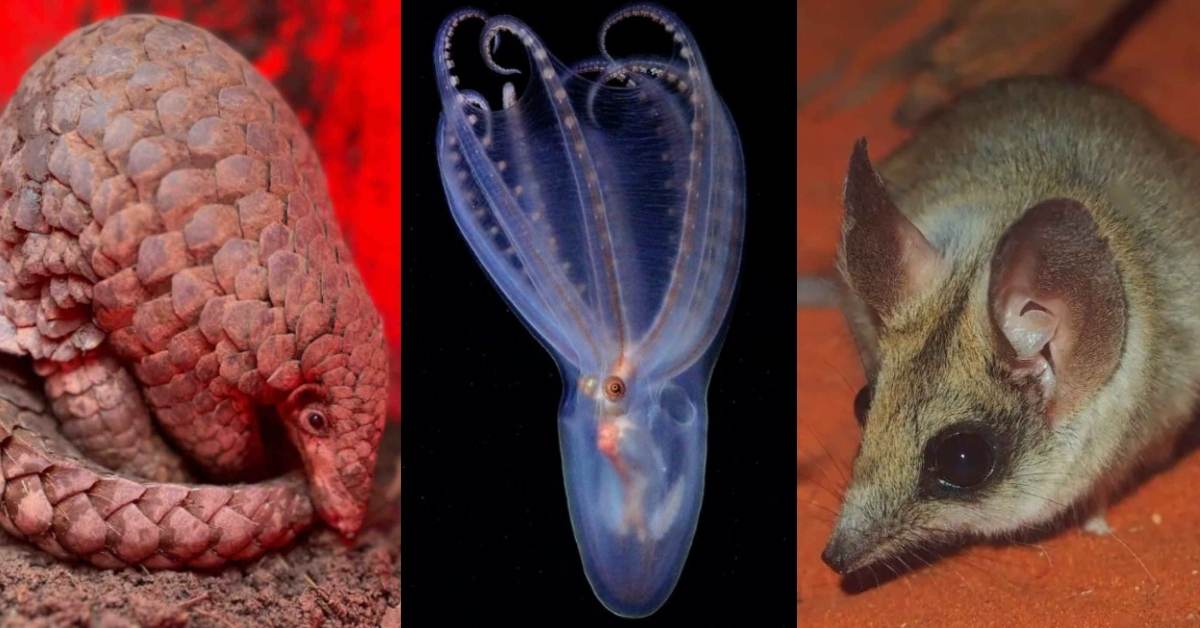Years ago, within the misty forests of the Meratus Mountain range on Borneo island, a team of researchers stopped in their tracks to listen to the throaty “bark” of a creature.
“Wwiikkk.....wekkk...wekkk...wekkk.”
Upon further examination, it was a creature that seemed to sport unusually large teeth.
It was on multiple expeditions, from 2016 to 2019, that the researchers visited Boreno — the third-largest island on the planet — to learn more about the creature.
On August 7, they confirmed that they had discovered a new species of “fanged frog:” the Limnonectes meratusiensis.
“Borneo is home to more than 180 anuran (frog and toad) species, including numerous endemic and unique anuran species which collectively contribute to the island’s extraordinary biodiversity,” lead author Ade Damara Gonggoli wrote in the August issue of Species Diversity.
“Despite this remarkable diversity, not all amphibians have been thoroughly studied — the fanged frogs Limnonectes Fitzinger [first discovered in] 1843, being a noteworthy example,” Gonggoli added.
“This [is a] highly diverse genus potentially with many unrecognized cryptic species distributed across Southeast Asia, including Borneo.”
The multi-year study was accomplished by Gonggoli and fellow herpetologists Tomohiko Shimada, Kanto Nishikawa, Masafumi Matsui, Thornton Larson, Eric Smith, and Amir Hamidy.
With researchers hailing from Tokyo University, Aichi University of Education, Indonesia’s IPB University, and beyond, the combined knowledge of the research team was key to the study’s success.

The Limnonectes meratusiensis — also known as the Meratus’ creek frog — has a complexion of an over-ripe avocado, with “relatively smooth” dorsal skin and a “radiating network of low wrinkles.”
The researchers also made note of the highly-detailed “distinctive double band pattern” on its back, which helped them differentiate it from other species in the larger Limnonectes family.
Despite their name, “fanged frogs” do not have actual teeth, but rather tooth-like protrusions on their lower jaws called odontoid fangs.
The fangs aren’t there to help frogs eat their food, per se — they prefer to swallow insects whole — but they do act as “weapons” to wield when subduing larger prey or engaging in male-to-male combat.
Like most frogs, the Meratus’ creek frog helps its native environment by keeping pest populations in check — especially disease-carrying insects like mosquitoes.
They are also indicator species, meaning that their absence in an ecosystem is often the warning sign of larger problems like pollution, erosion, and water quality decline.

In their study, Gonggoli and his peers acknowledged that locals native to the Meratus Mountain Range often use Limnonectes frogs “as a food resource.”
“Due to its thick meat, which is valued and consumed, it is commonly cooked or boiled,” they explained.
“While this practice is part of the local culture, it is important to consider that overutilization of this species, combined with the possibility of disturbances to its mid-elevation habitat in the Meratus Mountain Range (e.g., plantation expansion, illegal logging, and mining), could increase the vulnerability of the new species.”
The researchers said that the future conservation of the new frog species was dependent on intervention in deforestation and environmental degradation — as well as compromise and sensitivity towards the local culture.

“Understanding that the local community’s use of this species is rooted in tradition and necessity, it is crucial to find a balanced approach that respects these practices while ensuring the long-term sustainability of the new species,” they stated.
Gonggoli and his peers concluded their study by inviting more research into the Meratus’ creek frog and its impact on Borneo island, which they dubbed “one of the most important areas of global biodiversity.”
“Further studies are required to reveal more about the life history, distribution, and habitat, providing crucial insights for developing effective conservation strategies for this new species.”
You may also like: 'Mysterious' mountain creature spotted again after 26 year absence — take a look
Header image via Tim WikiBanua 2.0 (CC BY-SA 4.0)



